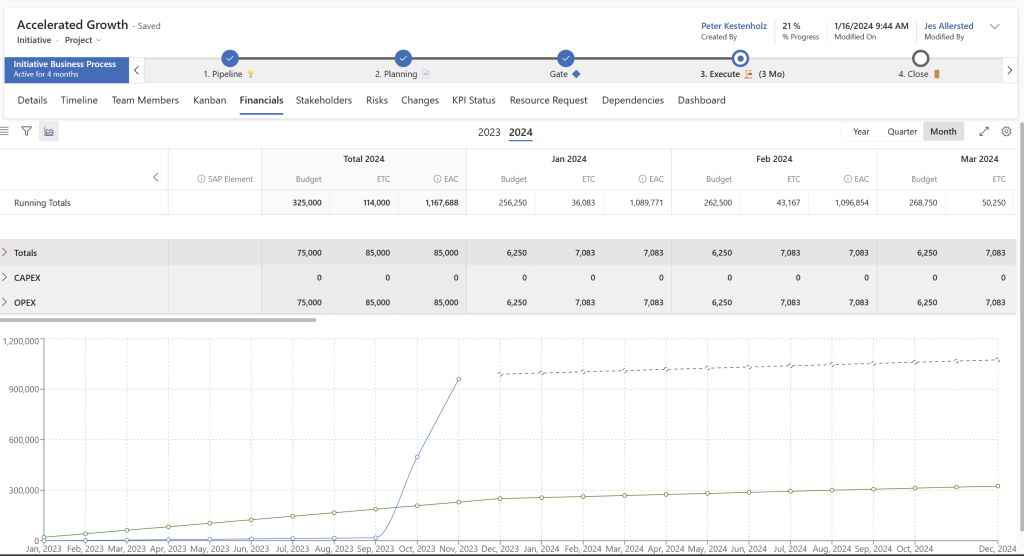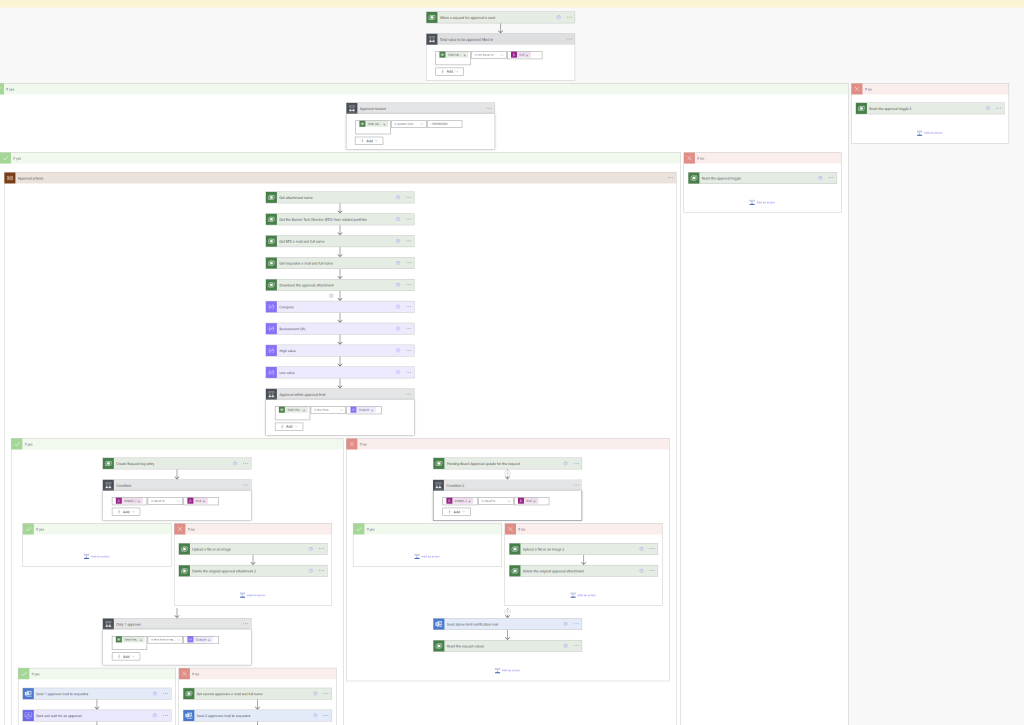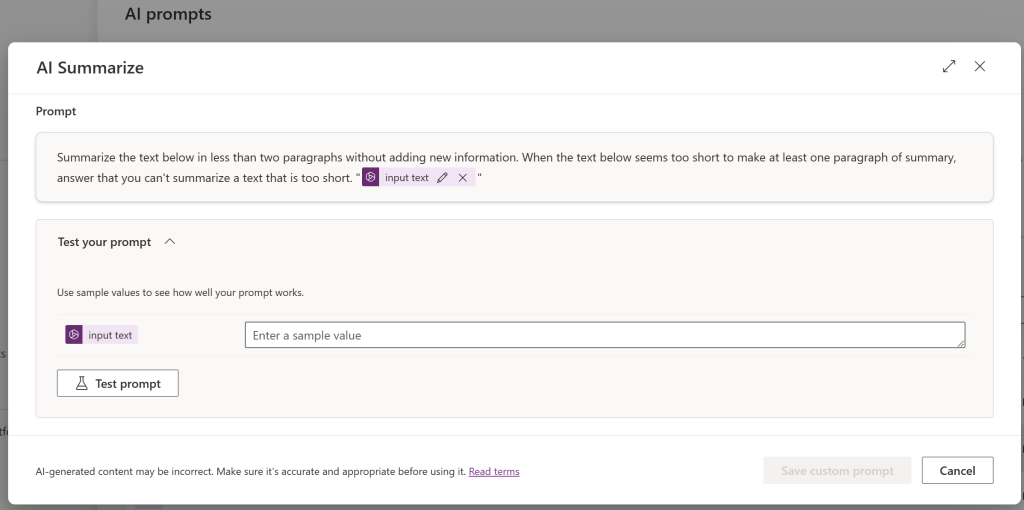While reading Superintelligence, I came across the term collective intelligence. This article is a brainstorm regarding why, and how, this is an interesting term in regards to the PMO. It’s also a sequel to the article regarding the difference between Excel and Project Online.

What is Collective Intelligence?
In the book Nick mentioned collective (super)intelligence as one of the 3 possible types of superintelligence. Quoting the book:
Collective superintelligence: A system composed of a large number of smaller intellects such that the system’s overall performance across many very general domains vastly outstrips that of any current cognitive system.
Now, let’s step away from superintelligence for now, we will come back to AI in a moment. What’s described here is the synergy within an organization. And the better that system/organization performs, the more it can accomplish.
One of the things that hinder any endeavor is logistics. If you can’t get your product, project, or even idea from A to B (fast), you will be outperformed by someone who can.
As a collective, you are only a collective, if you can manage communication and get the flow of information/product right.
What is the relation to the PPM solution?
So, let’s bring this idea back to Project Management. How does Project Management benefit from the collective intelligence?
Just imagine, any time you talk to someone you transfer information to that person. And in a conversation information is passed between the actors and might even increase the whole because of new insights.
The Project Management Office (PMO) is in essence a sub collective intelligence. Many organizations have a dedicated team working on improving project management in the organization. In a recent study, 89% of organizations have a PMO, and half even have multiple.
Does this mean that the the logistics is taken care of then? Well partially, because if my assumptions are correct, most of these PMO’s will rely heavily on Excel and PowerPoint, rather than a centralized Project and Portfolio Management (PPM) solution.
In the conversation analogy from earlier, the PMO and PM or the PMO and C-level could be the actors. But the information flow (speech) is hindered because there is static in the conversation. Information reaches the other side distorted or (too) late.
The logistical advantage, some examples
There is no such thing as a slow successful general.
Ben Wilson, how to take over the world
Ben’s podcast is great! One thing I love is that the great minds all share a similar trait: they are fast! Getting information faster than competitors has been a road to success, time and time again. Therefore, I’d like to share 2 examples of logistical advantages you can gain with a Project and Portfolio Management system.
The images are made using Power PPM as an example. But most PPM solutions will provide advantages over not having a PPM solution at all.
Status reporting
Either monthly, or weekly or at least periodically, management wants to know how their investments in projects are performing. This is typically done in the form of a status report. A collection of project facts presented to the stakeholders, typically as Word or PowerPoint file.
Without a PPM solution
The PM meets with his team, discussing the current status of the project, and adjusts the schedule (or lets the planner do this). He continues to gather financial information from various sources and adds this to a PowerPoint slide. He updates a table of KPI values in an Excel sheet inside a far to elaborate SharePoint folder structure and writes a progress paragraph.
During these activities he needs to speak with multiple team members to get the right data, sometimes he needs to wait an hour to get a response.
In the end, the PM has to spend multiple hours of his own time. But, maybe worse, of the team members who would otherwise have continued their work on the project itself.
With a PPM solution
In the scenario where the organization has a PPM solution, the story can play out very differently.
Because of a direct connection with time sheets, the schedule is up to date, and only requires some minor changes (that the PM or scheduler would have done anyway).
Because of the connection with a in-house financial system (such as SAP), the financial overview is available from the dedicated tab in Power PPM.

And because all information about risks is maintained in a risk matrix overview all information is present for a presentation or Power BI report.
Data is stored centrally, updated when needed by the appropriate actors (team members, scheduler, stakeholders).
The “only” thing the PM needs to do is press a button to create the status report meeting file (based on a company approved template). Once the file is created, he will check and append information if needed. Or send the file of to management as is.

Project Approval process
During the project lifecycle, a PM will face multiple approval scenarios that involve either financial or strategic approval requests. Imagine the approval of additional budget for instance. Or what about approvals on change requests and moving to another gate/phase in the project? Let’s again have a look at what this looks like with and without a PPM solution.
Without a PPM solution
Getting approval is tedious. There are multiple Excel files and Word templates that require to be filled in or checked before information is correctly presented to approving stakeholders.
The approval itself might be a mail or a signature, that is then stored somewhere on a SharePoint folder. But then, the approved state needs to be altered in all those separate files again. Budget needs to change, documentations need to be updated to the correct status of the project.
Without a central structure, the PM might need to inform all individual stakeholders and the team about the new situation.
There is a lot of manual work involved in getting approvals without a PPM solution.
With a PPM solution
With a PPM solution data gathering becomes very easy, because all the project-related information is stored centrally. And because everything is updated (see status reporting above) getting approval can even be partially automated with Power Automate.

With a direct connection to Dataverse, and being part of the power platform, Power Automate is a great way to get approval from your peers. The flow has options to send an approval, and even wait for the response to come back. That approval will land in MS Teams, and e-mail.
Thanks to Power Automate, the project will be updated automatically when approval has been given. When designed correctly, it will also send out notifications to all involved parties to the new situation for the project.
The ability to automate large portions of the work speeds up the approval process considerably. And frees up time for managers and PMs alike.
Time saved, knowledge gained!
Can I get some AI with that, please?
Why, yes, of course, I’m so happy you asked. In case you missed it, I have covered generative AI on the blog ever since OpenAI opened the floodgates.
Recently Copilot became available for smaller-sized companies. No longer will you need 300 licenses minimally. This opens up the world of Generative AI considerably!
But apart from that M365 Copilot, we have a very powerful solution within Power Platform as well.
Within Power Platform we can now create prompt templates to accompany flows. This opens up the content from your projects to auto-generate structured texts using the AI builder action inside Power Automate.

Do you see those purple values in the image above? That is a variable! You can use that to append anything inside the prompt based on how you structure your Power Automate flow to gather that information.
And that is just 1 example of how AI can speed up logistics inside the PMO. As we move into 2024, I believe there will be a long list of options available to improve the current state of the PMO. And with a PPM solution (such as Power PPM) the data will be available from a single source to speed up that process.
Final notes
I’m very happy I picked up Superintelligence, and the 2 other AI-related books that Bill Gates recommended. In his own words:
Three books have shaped my own thinking on this subject: Superintelligence, by Nick Bostrom; Life 3.0 by Max Tegmark; and A Thousand Brains, by Jeff Hawkins. I don’t agree with everything the authors say, and they don’t agree with each other either. But all three books are well written and thought-provoking.
Source: The age of AI has begun
I would like to suggest starting with Life 3.0 as it’s the most accessible. if that book grabs you, continue with A Thousand Brains. And if you are still hungry for more continue with Superintelligence. It’s a complex read, but well worth your time.
If you liked this article you might also enjoy my YouTube channel and newsletter. I share more insights on both AI and Power Platform applications in relation to the PMO. Make sure to sign up and subscribe to not miss a thing.